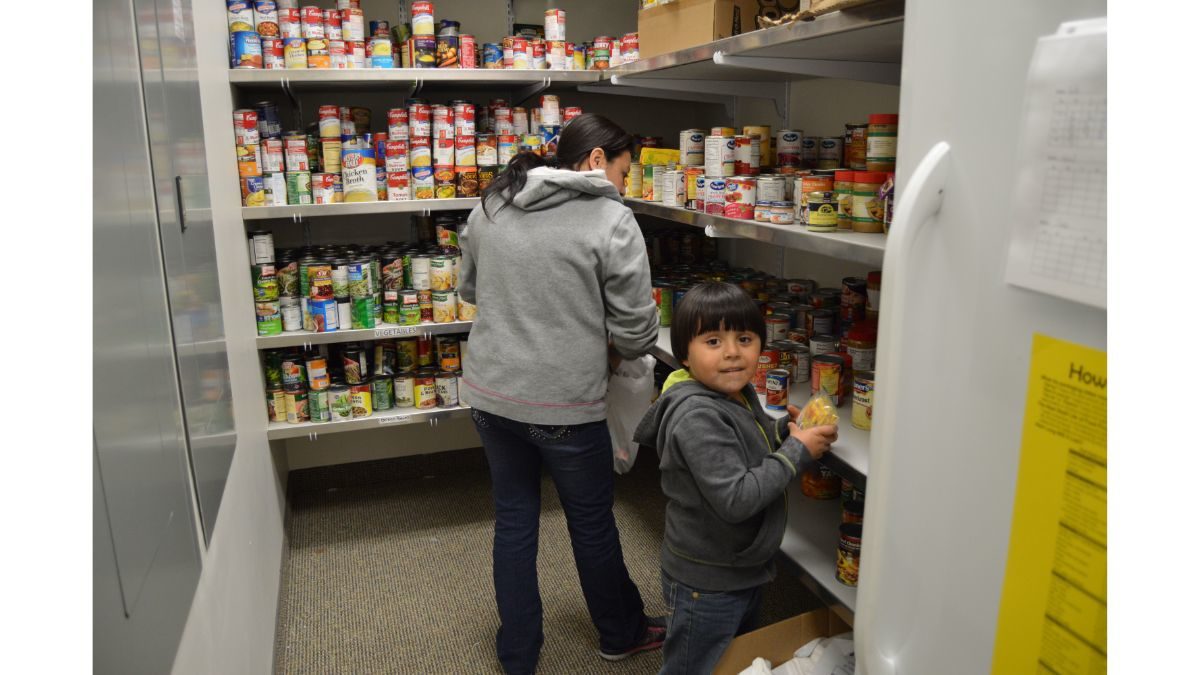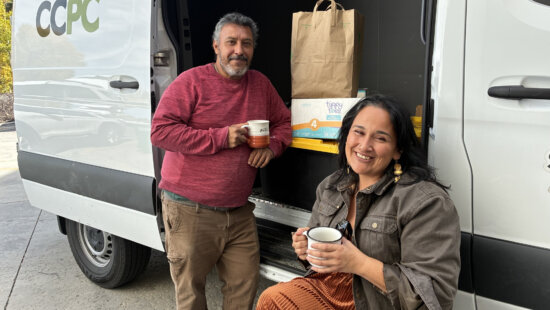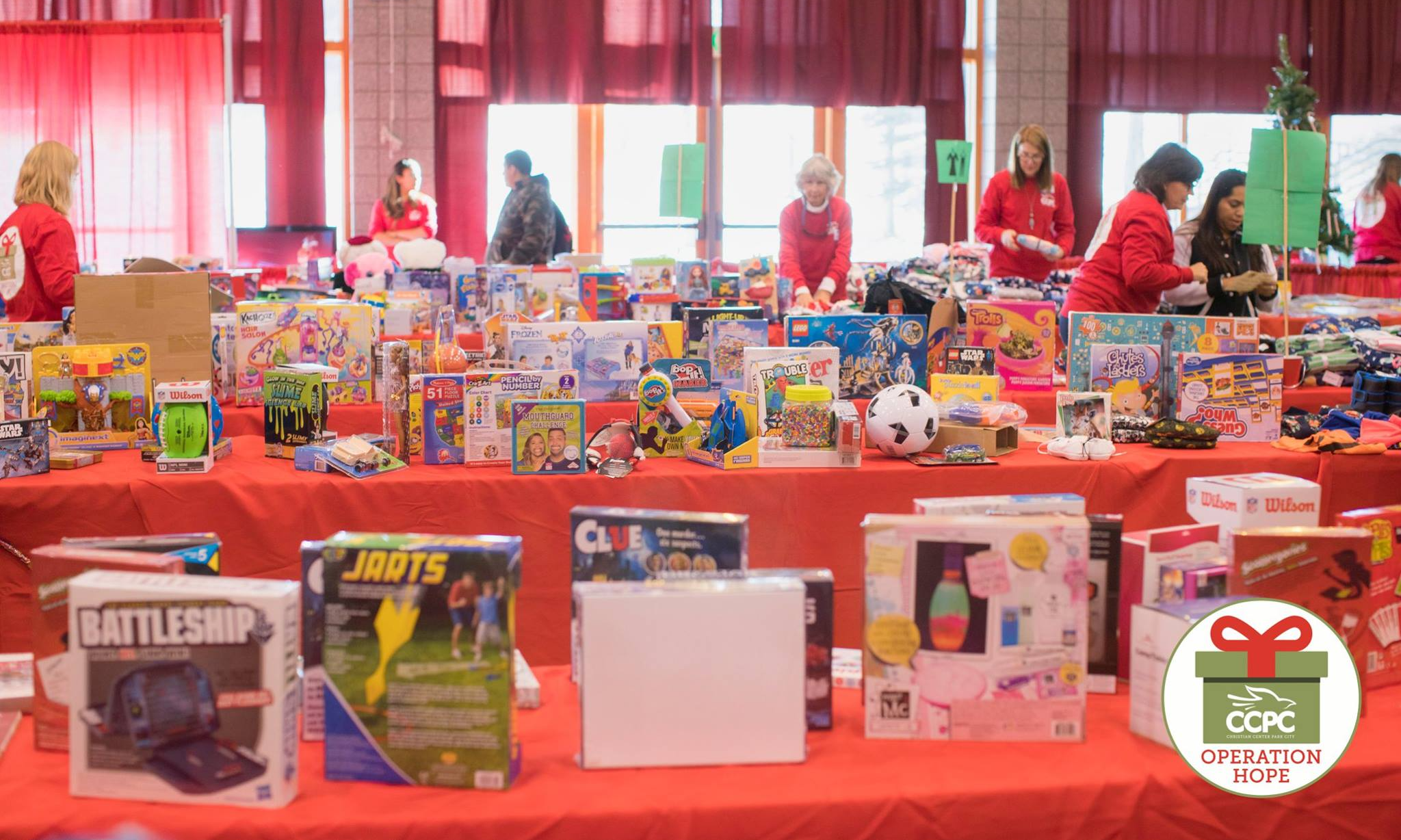Community
Utah Food Bank looking for extra support to combat unprecedented hunger

In 2021, Utah Food Bank distributed over 56 million meals across all 29 counties in Utah. Photo: Utah Food Bank.
UTAH – Utah Food Bank is a non-profit with over 100 years of experience feeding Utahns in need. In 2021, Utah Food Bank distributed over 56 million meals across all 29 counties in Utah. The organization primarily focuses on feeding children, seniors, and community members most vulnerable to inflation. The continuous increase in the cost of living means that this year, Utah Food Bank is meeting more needs and serving many people in hunger.
“Hunger is everywhere now, in every zip code, and with the lack of affordable housing, more and more people are living paycheck to paycheck and having to make tough choices to feed their families,” said Utah Food Bank President and CEO Ginette Bott.
A greater necessity for food assistance sparked during the pandemic and continues with the rising cost of living. “In recent years, the pandemic created a sharp increase in need, which started to stabilize as the pandemic began to wane, but then inflation replaced the pandemic as the driver for increased need for food assistance,” Bott said.

Children and seniors are the communities most vulnerable to hunger, and Utah Food Bank has several programs aimed at serving these populations. “Our Mobile School Pantry program provides a cost-effective food distribution point for children and their families at the end of the school day directly from the playgrounds of local elementary schools. This program visits monthly during the school year to help families who may be in crisis, as opposed to just feeding the kids during the school day. Last year, this program served 284,151 individuals, 156,193 of whom were children,” said Bott.
The Mobile School Pantry program works excellently for elementary-age children. However, once in middle school, kids might be embarrassed about their needs. “For these older children, we have established pantries inside schools where food assistance needs can be met in a more discrete setting,” she said.
Another program designed to alleviate hunger in children is the Kids Café, which in 2021 served 477,703 prepared meals. “Through this program, we offer hot after-school meals at after-school educational programs at a variety of local elementary schools, Boys & Girls Clubs, and community centers,” said Bott. “The aim of this program is two-fold: first, to ensure that the children most vulnerable to hunger receive an evening meal, and second, to provide balanced nutrition in each meal served.”
Utah Food Bank also offers free meals at various public parks and community centers in the summer to children under 18.
Feeding hungry children is critical for their physical, emotional, and cognitive well-being. “Food-deprived children not only feel the physical pain of an empty tummy, but when an empty tummy makes it hard to concentrate in school, it hurts their future, too,” she said. “Adults who experience hunger as children are less well-prepared mentally, emotionally, physically, and socially to perform in today’s workforce and educational environments. If we can ensure that kids can focus in school by providing access to food, it can go a long way in changing lives, sometimes for generations.”

Seniors are also vulnerable to hunger, and Utah Food Bank gives special attention to this issue. “For many of Utah’s seniors, what are supposed to be their hard-earned retirement years have turned into a daily challenge to afford both food and medications or health care,” Bott said. “Homebound seniors and people with disabilities participate in our monthly food box program, which offers approximately one week’s worth of perishable and non-perishable food, hand delivered by caring volunteers.”
Last year the monthly food box program delivered 44,678 boxes of food throughout the state. With the support of the Utah Food Bank’s monthly food box program, seniors can use a bit more of their fixed income to cover medical and housing costs.
Families or individuals looking for a refreshing way to give this holiday season can contribute to the Utah Food Bank in various ways. “Utah Food Bank always asks for three things: food, time, and money. We encourage donations through our website or directly to your local pantry,” she said.
While food donations vary regional, Utah Food Bank consistently seeks several staple items. “We are always in need of peanut butter, canned meats (such as tuna and chicken), macaroni and cheese, canned meals with pop-tops such as ravioli or spaghetti-o’s (so children can easily open and prepare themselves meals), canned fruits and vegetables, and boxed meals,” said Bott. “We encourage families to donate the types of foods they eat in their own homes because what your family enjoys, so too will another.”
Bott recommends contacting local food pantries directly to find the most significant regional needs. The Utah Food Bank Summit Country partners include the Christian Center of Park City and Community Action Services in Coalville and Oakley. Wasatch County partners are Community Action in Heber and Heber Valley Center Stage Pantry. Consult the complete list of partners on the website.
Bott describes how this year, the need is greater than ever. “Support right now is more critical than ever with inflation creating continued increased levels of demand while also squeezing Utah Food Bank’s food and fuel budgets, and those of our donors as well, which leaves less discretionary income for donating,” she said.
For many, the holidays are a time of abundance. Sharing with those in need can be a satisfying tradition that uplifts the community. However, the demand doesn’t dissolve when the festivities are over. “Hunger doesn’t go away when the holidays’ end, so please keep Utahns facing hunger in mind throughout the year as our partner agencies, and we can always use your help,” said Bott.



















